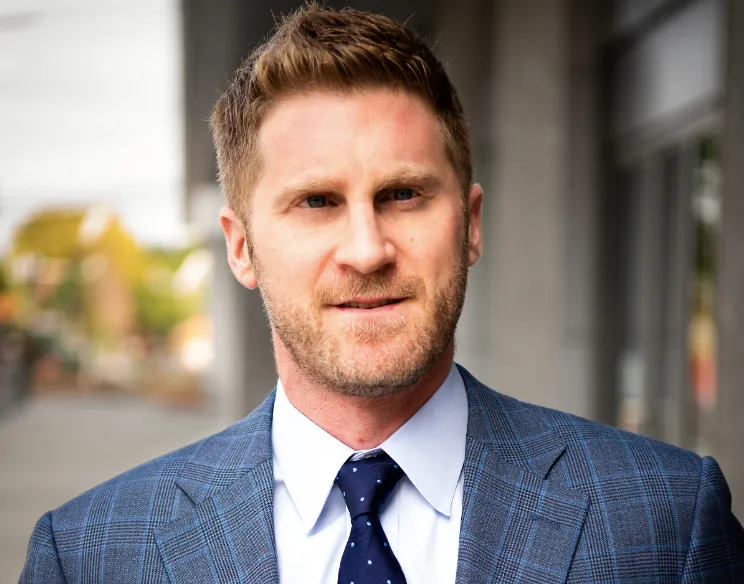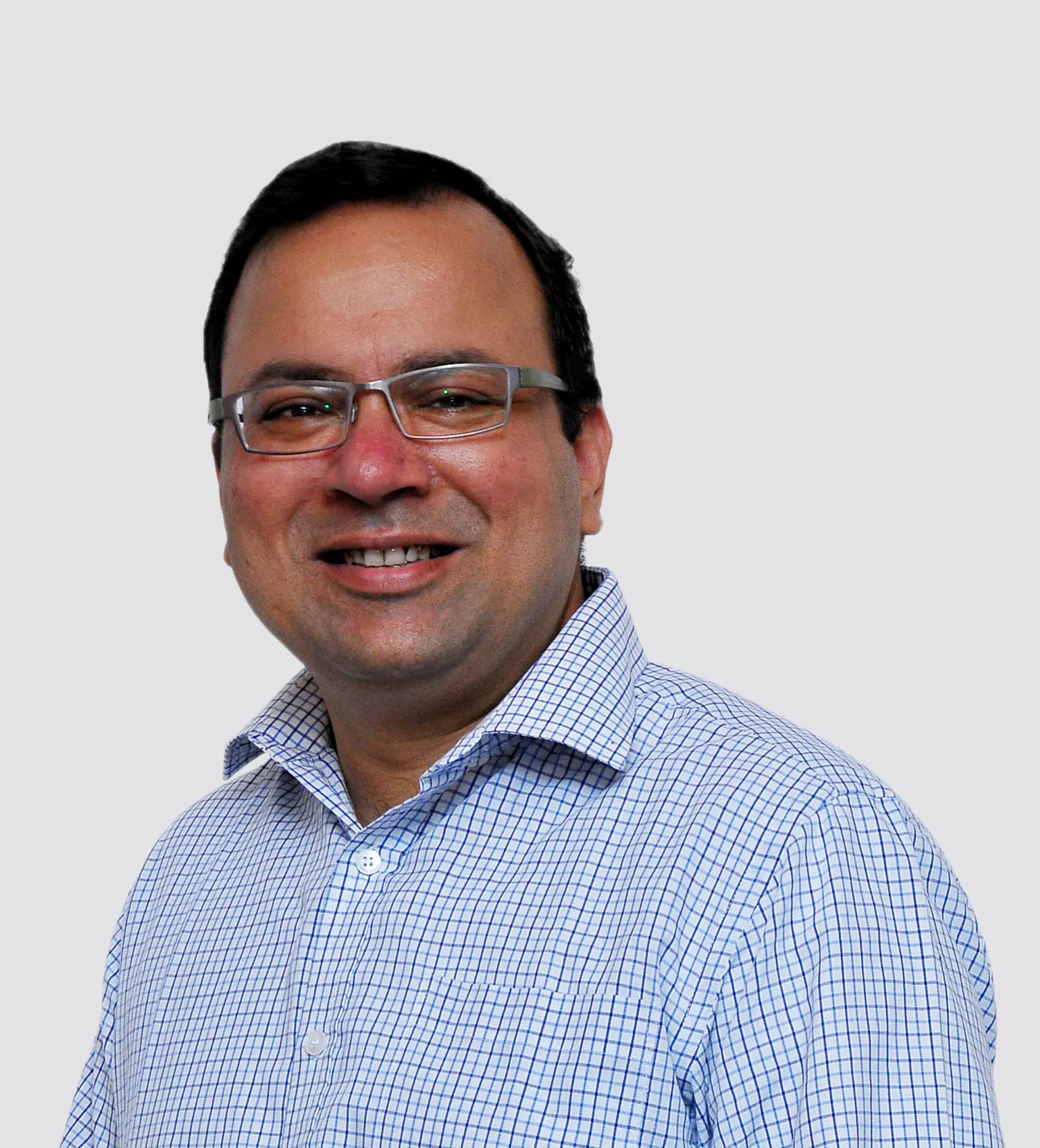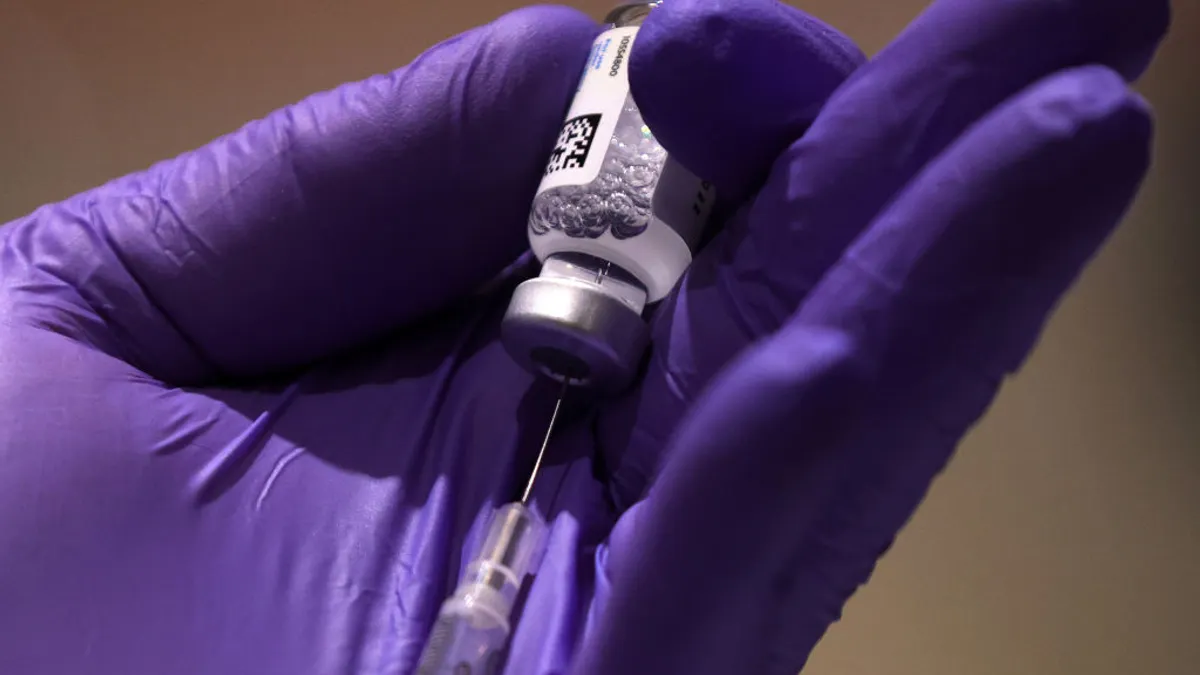There’s no argument that many technologies have created great opportunities to move the life sciences forward at an exponential rate throughout the entire lifecycle of drug development. But not all technologies are created equal, and some that have emerged in the last decade have failed to live up to the hype.
For insights from inside the industry, we asked our community of thought leaders which technologies they believe have not panned out as planned.
From the metaverse to AI to gene editing and DCTs, these are the tech-enabled changes executives identified as being much-ballyhooed, but not real game-changers for now.
Meta-bust
“I think the metaverse will eventually transform the healthcare landscape from how consumers get their information to how healthcare providers train and everything in between. However, Mark Zuckerberg’s attempt at moving Facebook to a future version of the Internet, to me, has been the biggest technology bust we have seen in the last few years.
And Meta’s Quest 2 consumer virtual-reality headset, with its current — out of most people’s league — $1,500 price tag, makes heading to the metaverse for vital healthcare information and learning feel years away.”
Mindy Telmer, executive vice president, executive creative director, Greater Than One
To DCT or not to DCT?
“While not necessarily a technology but rather a technology-enabled endeavor, decentralized clinical trials (DCTs) have, in some ways, struggled to live up to their promise to save costs and time while maintaining data quality and strong patient engagement. Many sponsors have found that by prioritizing conducting studies as much as possible without needing patients to visit a clinic, DCTs have resulted in unexpected costs and patients failing to navigate a patchwork of remote technology.
While remote monitoring and patient engagement tools play critical roles in helping collect data from patients wherever they might be, we’ve learned that the role of study sites remains crucial to the success of a trial. To run an optimized, efficient trial, I believe we need to employ a hybrid model that keeps clinical trial sites as the focal point of studies, while employing AI-assisted technologies that complement what sites do and allows them to perform their critical work in a virtual environment. This way, patients receive the best of both worlds.”
Dr. Ed Ikeguchi, CEO, AiCure
Watson and AI fails
“The Watson AI computing system was initially tapped to provide cancer treatment recommendations based on hospitals’ research and patient data. However, Watson’s training mostly relied on hypothetical cancer cases — instead of real patients’ experiences.
This highlighted that without the right kinds and amount of data, AI-powered systems won’t deliver the insights we need.”
Katherine Vandebelt, global vice president, clinical innovation, Oracle Health Sciences

“The belief that artificial intelligence (AI) will solve the mysteries of drug development has been oversold. Unfortunately, there is no magic computer that can cook up a drug on its own.
To make AI work, one starts with a clear problem, ideally a known drug target, and then leverages the AI as part of the drug development process. AI plays a role in a cast of many characters — it is a tool, albeit a powerful one.”
Martin Lehr, CEO, Context Therapeutics Inc.
Digital health downsides
“Limited functionality or digital health technology that is exclusive to one therapeutic area is unlikely to last long. More and more, we’re seeing consumers and partners wanting a digital health solution to be comprehensive and capable for managing complex patient care — not just one singular issue.
For those companies that are solely dedicated to one TA, I don’t expect significant growth unless they expand their capabilities. Some healthcare services have added digital components without fully integrating digital into their solution, but to be beneficial to patients, digital components must be integral to the solution, not an add-on.”
Omri Shor, CEO, Medisafe
Breaking glass
“Remember a few years ago when we were all looking for transformative applications for the Google Glass on behalf of the brands we work on? It was, and still is to an extent, a tech looking for a use case in our industry.
Maybe we’ll feel differently in a few years. I remember poking fun at QR codes too, and once the app was built into the camera, it changed everything. Maybe Glass is still ahead of its time.”
Jay Appel, chief digital officer, The Bloc
More editing needed

“Gene editing therapies continued to disappoint in the last few years. This technology will fundamentally alter how medicine is delivered to patients in the decades to come. However, significantly more research still needs to occur for these therapies to be safe, scalable and affordable.
At the same time, the market needs to be cautious not to discount gene therapy due to its risks. The future of medicine is not for the faint of heart, as setbacks are routinely encountered. But the reward is potentially massive for the patients, scientists, clinicians and investors.”
Michael Cruse, chief operating officer, Reneo Pharmaceuticals
Stop the push
“The overt focus of technology has been on push. Push an email out, push a banner ad, push a tweet. Using a stereotypical patient journey, where patients have symptoms, are diagnosed and treated, this continues to create market saturation. It isn’t that simple, especially for patients living with rare diseases.
Every rare patient’s journey is unique, and there are gaps, such as those who get stuck in between symptoms, diagnosis and treatment, or patients who delay treatment or never start. We need to move from push to pull. This starts with listening to patients and stakeholders. What are their needs?”
Kim Moran, head of rare diseases, U.S., UCB
The new kid on the block
“Blockchain is a brilliant technology, but I believe it was overhyped — or simply hyped too early — when it comes to healthcare. It appears to have had some success in tracking drug supply chain and distribution for reducing counterfeit drugs, but it remains to be seen what broader utility it has for healthcare data.
Maybe five or 10 years down the road, we will see stronger use cases for blockchain in healthcare, but we aren’t there yet.”
Jaydev Thakkar, chief operating officer, Biofourmis
The NBA chuck

“Technology-enabled next-best-action (NBA) approach to engagement is hugely overhyped and hasn’t delivered on the promise. While consumers and patients seek seamless omnichannel journeys, NBA is built to deliver multichannel.
The shortest path to rich engagement, behavior change and great customer experience is possible only through interesting sequencing with simultaneous, dynamic triggers across channels and actions. The process is much more complex than a series of the next three touchpoint recommendations and NBA fails to deliver a truly integrated, personalized customer experience.”
Gaurav Kapoor, executive vice president, Indegene




















